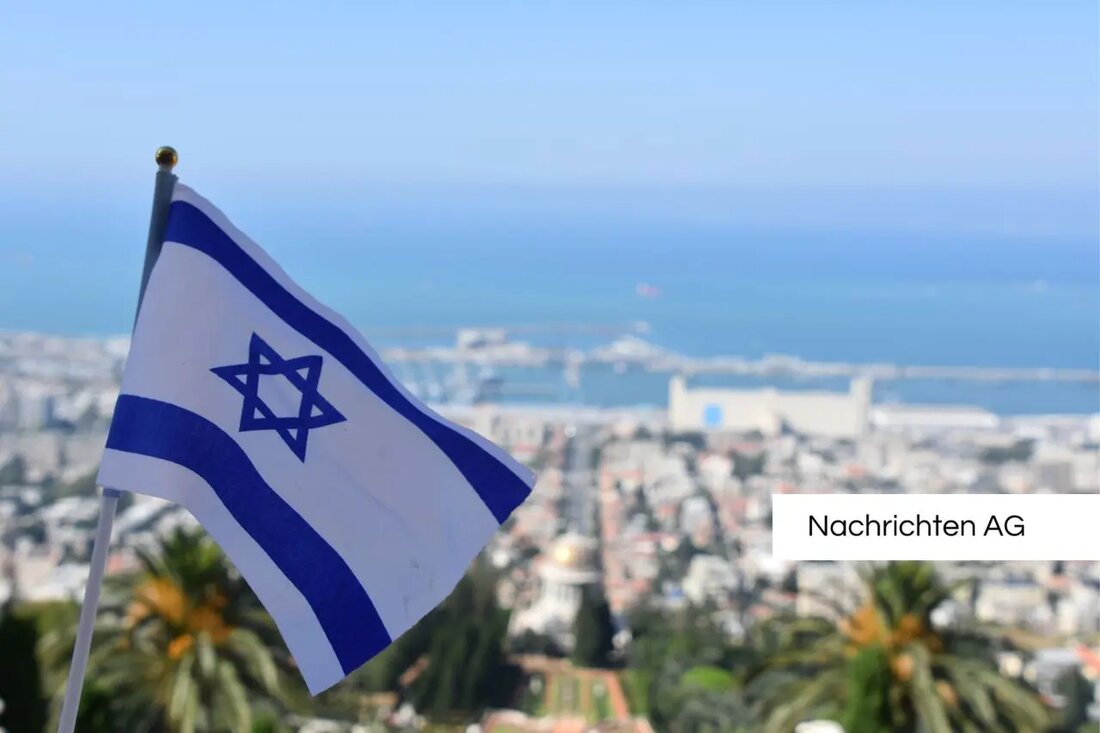Neuwied: Historical treasures and cultural highlights over time!
Neuwied: Historical treasures and cultural highlights over time!
Neuwied, a multifaceted city in the Rhineland-Palatinate, looks back on a moving story that is drawn by cultural upswing and political upheavals. The city is located on the right bank of the Rhine, about 10 kilometers northwest of Koblenz, and is known as one of the largest cities in the country. Founded in 1653 and originally as a modern plan city of Count Friedrich III. Designed, Neuwied today offers more than 66,000 inhabitants a home.
An important landmark of the city is the Monument General Hoche in Weißenthurm, which is reminiscent of the French General Louis Lazare Hoche. This led the French troops in the Battle of Neuwied in 1797 and thus represented a military history in the military history of the region. Historical representations, such as a steel engraving from 1835, illustrate the monument and give Neuwied a deep historical dimension.
cultural blossom and religious tolerance
In the 18th century, Neuwied experienced a cultural blossom, strongly influenced by the artists Abraham and David Roentgen. The cornerstones of this development put the counts of Wied, who created an environment of tolerance through a progressive and enlightening policy. Neuwied became a center of religious diversity in which up to seven faith communities coexisted. This openness attracted many immigrants and promoted economic growth.
The city also developed into an early industrial location when the counts tried to establish Neuwied as a trading center on the Rhine. However, the way to economic prosperity was not always straightforward. Political unrest in Europe and the destruction by French troops during the Réunion War in 1694 represented challenges.
from flood to flood protection
Neuwied is located on a flood -endangered bank strip. Historically, the city was repeatedly affected by floods, which emphasized the urgent need for suitable flood protection measures. The construction of the flood protection dike between 1928 and 1932 represents one of the most important infrastructural measures to protect the city from the risk of flooding.
The water theme is still present today, which contributes to the importance of the dike museum. Here it is illustrated how various measures the flood protection system in Neuwied has been improved. Flood protection plays an important role in the cityscape and in the everyday life of the residents.
modern Neuwied and their possibilities
Today, Neuwied extends over an area of 86.5 square kilometers and is enriched by a variety of cultural institutions. The city is home to almost 50 schools, including two high schools and various sports clubs that offer a wide range of activities, from football to ice hockey to swimming. Most of the population consists of women and shows religious diversity, with about 40 % Roman Catholic and 30 % evangelical.
City partnerships with places such as Beverwijk in the Netherlands and Drom Hecharon in Israel reaffirm the open and enriching relationships with other countries. These networking contribute to the cultural diversity and international exchange in Neuwied.
Overall, Neuwied shows itself as a city, which is in the area of tension between history and modernity. Their development from a planned city into a center for religious tolerance and economic growth reflects the cultural and social dynamics that continues to this day. The politically and historically charged past remains an important part of city life that is constantly changing.
| Details | |
|---|---|
| Quellen | |


Kommentare (0)